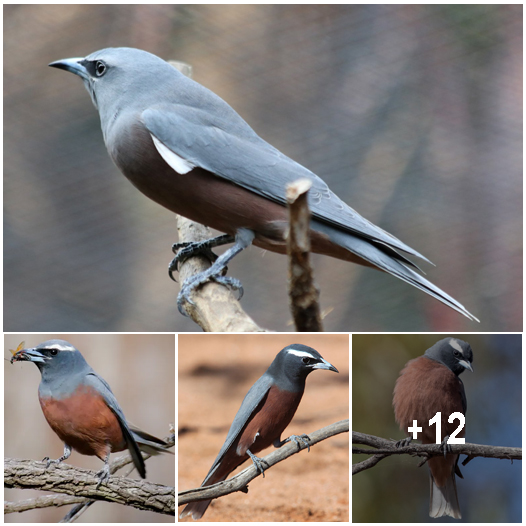A thick-set bird covered in subtle shades of brown and grey surprises all by popping off with his golden-orange undertail.
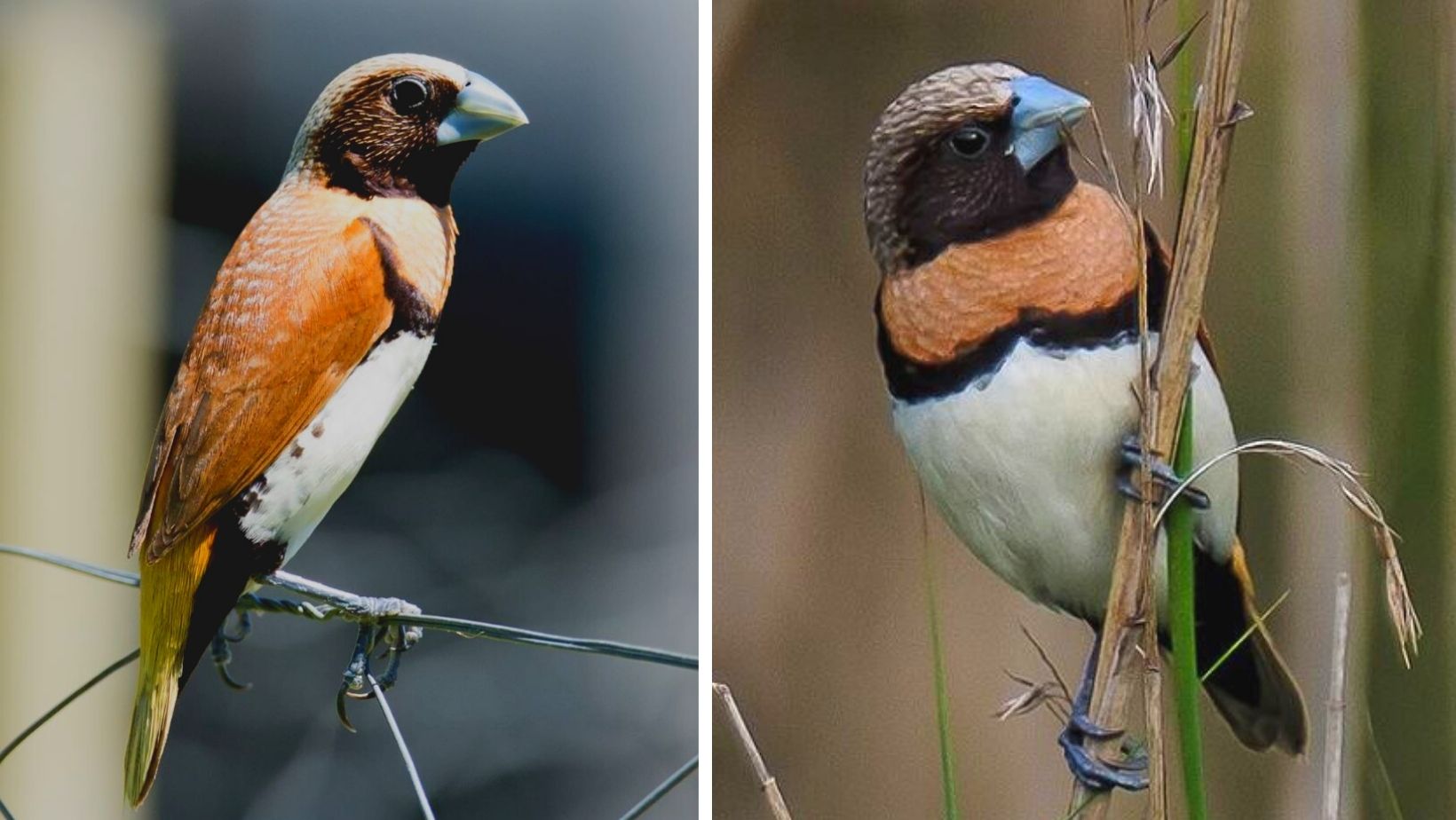
Meet the Chestnut-breasted mannikin
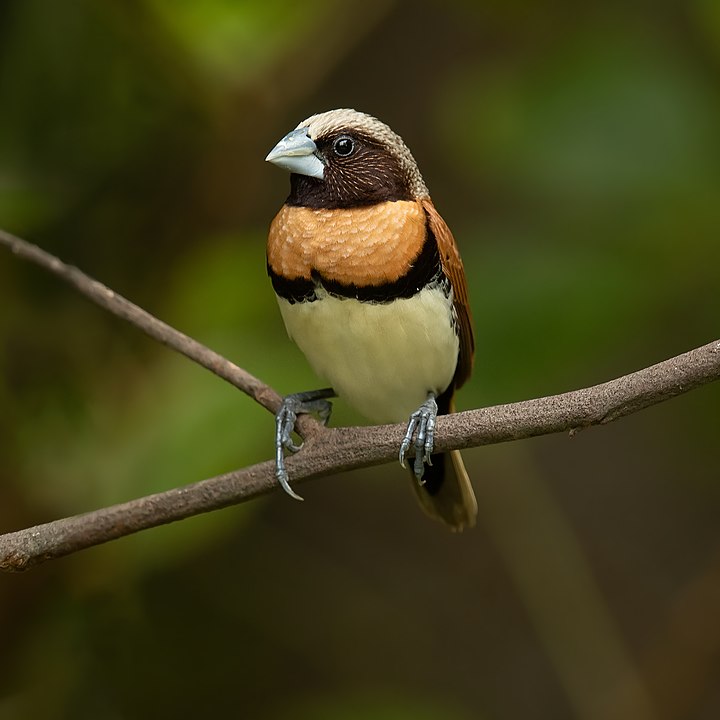
The chestnut-breasted mannikin (Lonchura castaneothorax), also known as the chestnut-breasted munia or bully bird. A small brown-backed bird with a black face, heavy bill, and greyish crown and nape. The crown is grey, the breast is chestnut, divided from white underparts by a black bar. The rump and tail are a shade of golden orange, with a black undertail.
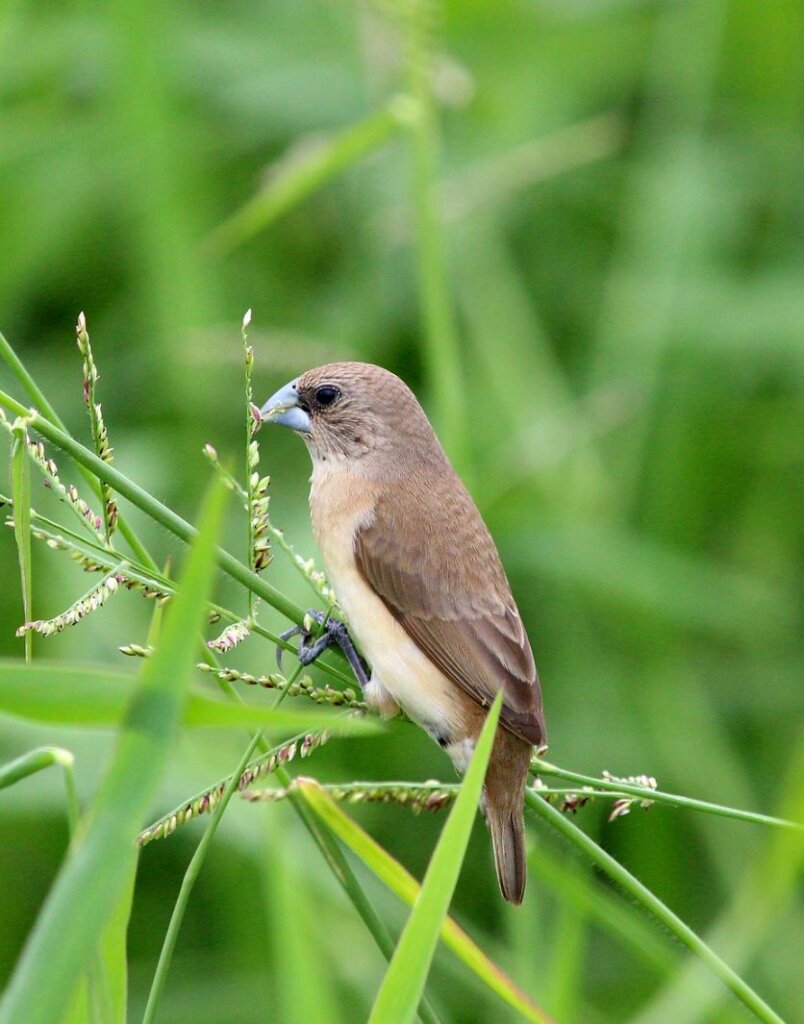
Females are pale when compared to the male, while males are uniformly olive-brown above, pale below with a brown-buff and no black face or chest bar.
This species is found in and is endemic to Australia, New Caledonia, Indonesia, and Papua New Guinea.

Though, it has been introduced to Fench Polynesia and France.
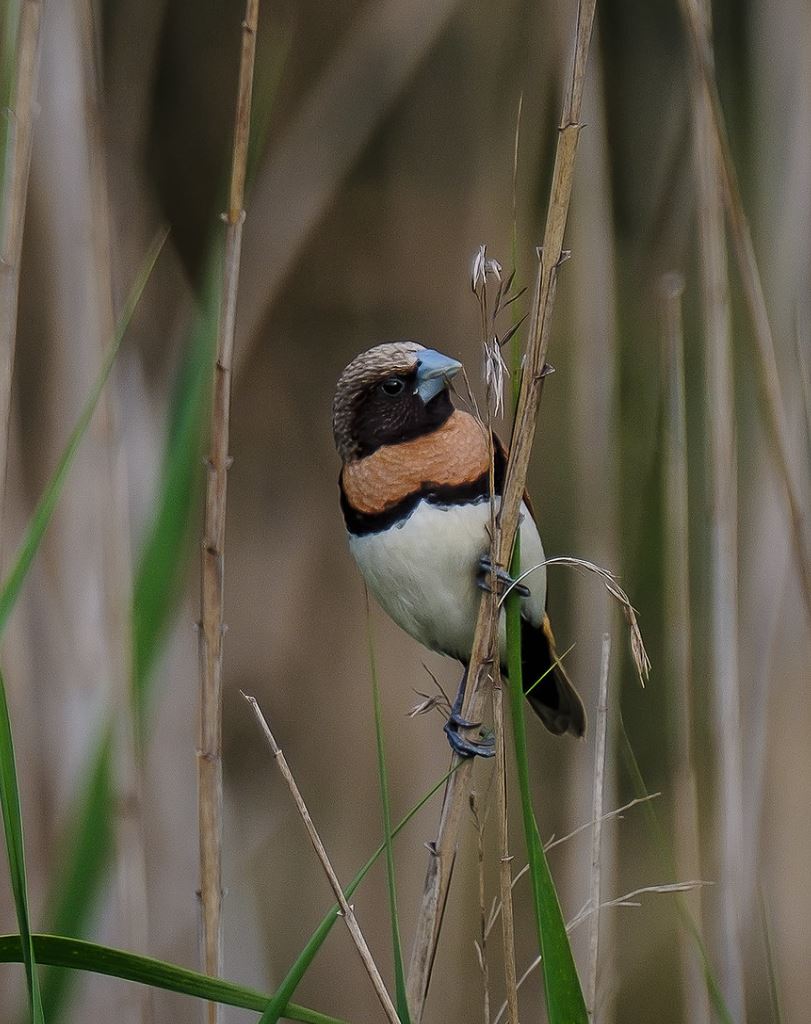
The Chestnut-breasted mannikin is a bird who likes to frequent reed beds and rank grasses bordering rivers, swamps, grassy country, and mangroves. It also likes cane fields and cereal crops. In dry seasons, it is seen in arid country, but always near water.

A seed lover these birds like barley seed, and millet, and have been seen dining on wild sugar cane in Papua New Guinea.

During the breeding season, these birds nest in colonies, fairly close to each in grass clumps, about 2 m from the ground. A round nest is made from green, and or dried grass blades, lined with finer grass. The nest is built by both the male and female, who both go on to incubate the eggs and feed the young.
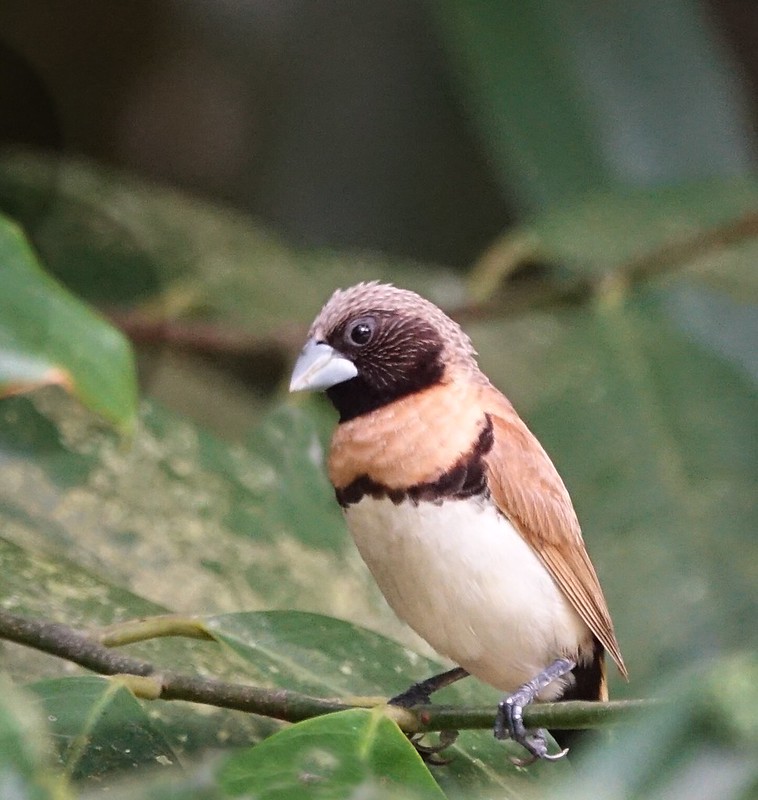
Due to this bird’s large range, this species does not approach the thresholds for Vulnerable under the IUCN size criterion.
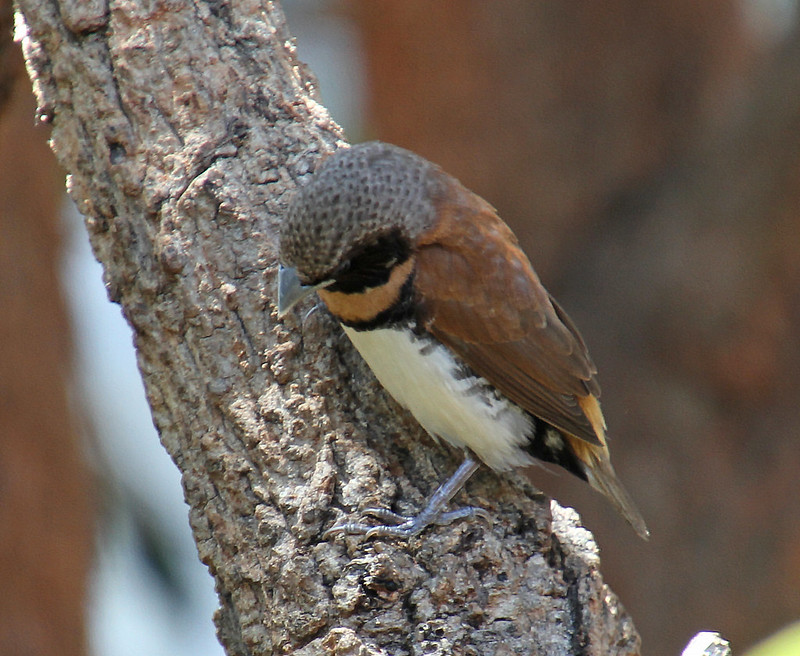
Watch this bird right here in the video below:
